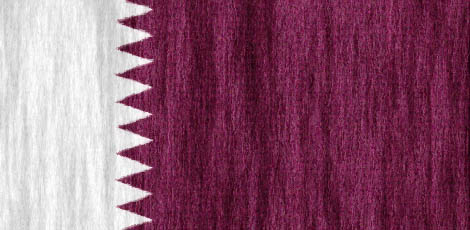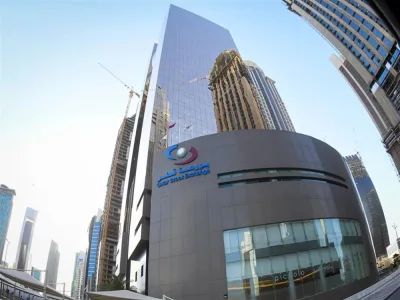By Santhosh V Perumal/Business Reporter
Led by Japan, South Korea and India, Asia continued to be largest trading partner of Qatar during the third quarter (Q3) of 2015, with the region accounting for 97.9% of Doha’s foreign trade surplus, according to official figures.
Asia represented 71.4% and 34% of Qatar’s exports and imports respectively, followed by the European Union (15.9% and 29.2%) and the Gulf Cooperation Council, or GCC (9.4% and 16.2%), the Ministry of Development Planning and Statistics said.
Qatar’s foreign trade surplus, otherwise, plunged 55% year-on-year to QR40.05bn in Q3 2015 with exports plummeting 41% to QR68.39bn, but imports rising 4% to QR28.34bn.
The shrinkage in total exports was mainly on lower shipments of mineral fuels, lubricants and related materials and manufactured goods; even as those of chemical and related products were on the rise.
Higher imports was on account of increased shipments of machinery and transport equipment and miscellaneous manufactured goods; while there was a fall in the imports of food and live animals.
The foreign merchandise trade balance with Asia amounted to QR39.1bn in Q3 2015, while the total trade (exports plus imports) amounted to QR58.4bn.
Among Asia, exports to Japan were worth QR12.7bn (18.5% of the total), followed by South Korea, QR11.2bn (16.4%) and India, QR9.1bn (13.3%).
On the other hand, imports from China totalled QR3.9bn (13.3% of the total), followed by Japan, QR1.7bn (6.1%) and India at QR1.1bn (3.8%).
During Q3, exports to Asia comprised mainly liquefied natural gas (LNG), crude oil, condensates, propane, butane, naphtha, polyethylene, aluminium alloys, urea, vinyl chloride, methanol, and ammonium sulphate.
Imports from Asia accounted for vehicles, telephones for cellular networks, tubes, pipes and hollow profiles, portable digital automatic data processing machines, air conditioners and semi-milled or wholly milled rice whether or not polished or glazed. In Q3 this year, the foreign merchandise trade balance with the EU showed a deficit of QR0.4bn, while total trade amounted to QR16.1bn.
Within the EU, the UK was the major destination in Q3 with exports of QR3.2bn (4.7% of the total), followed by Italy QR1.2bn (1.7%) and Belgium QR1.1bn (1.5%); while imports from Germany stood at QR1.9bn (6.9% of the total), followed by the UK, QR1.5bn (5.4%) and Italy, QR1.3bn (4.5%).
Exports to the EU were mainly LNG, polyethylene, jet fuel, halogenated olefins, crude oil, ether derivatives, helium, methanol, hexanes, melamine, butane, and aluminium alloys. Imports included vehicles, parts of airplanes or helicopters, medical solutions, tubes, pipes and hollow profiles, road tractors for semi-trailers, iron ores and concentrates.
The foreign merchandise trade balance with the GCC countries registered a surplus of QR1.8bn, or 4.6%, of the trade surplus in Q3 2015, while the total trade was QR11bn.
Among the GCC countries, exports to the UAE were QR4.7bn (6.9% of the total), followed by Kuwait, QR0.8bn (1.1%) and Saudi Arabia, QR0.6bn (0.8%).
Imports from Kuwait were worth QR2.5bn (8.8% of the total), followed by Saudi Arabia, QR1.2bn (4.2%) and Bahrain QR0.4bn (1.4%).
Exports to GCC countries comprised natural gas, LNG, condensates, helium, ether derivatives, jet fuel, bars and rods of iron or non-alloy steel, polyethylene, ethylene dibromide, natural gasoline and diesel for engines. Imports from this region included pebbles, gravel, broken or crushed stone, copper wire, iron ores and concentrates, petroleum bitumen, steel scaffoldings props, platforms and fittings, yogurt, electric cables, non-aerated beverages and natural mineral waters.
In Q3 2015, foreign trade surpluses were registered with other Arab countries of QR1.2bn (3%), non-Arab African countries QR0.6bn (1.4%), and other American countries QR0.1bn (0.3%).
On the other hand, deficits were registered in the merchandise trade balance with the US of QR1.8bn and European countries (not in the EU) of QR0.7bn.



